1. Rai Stones
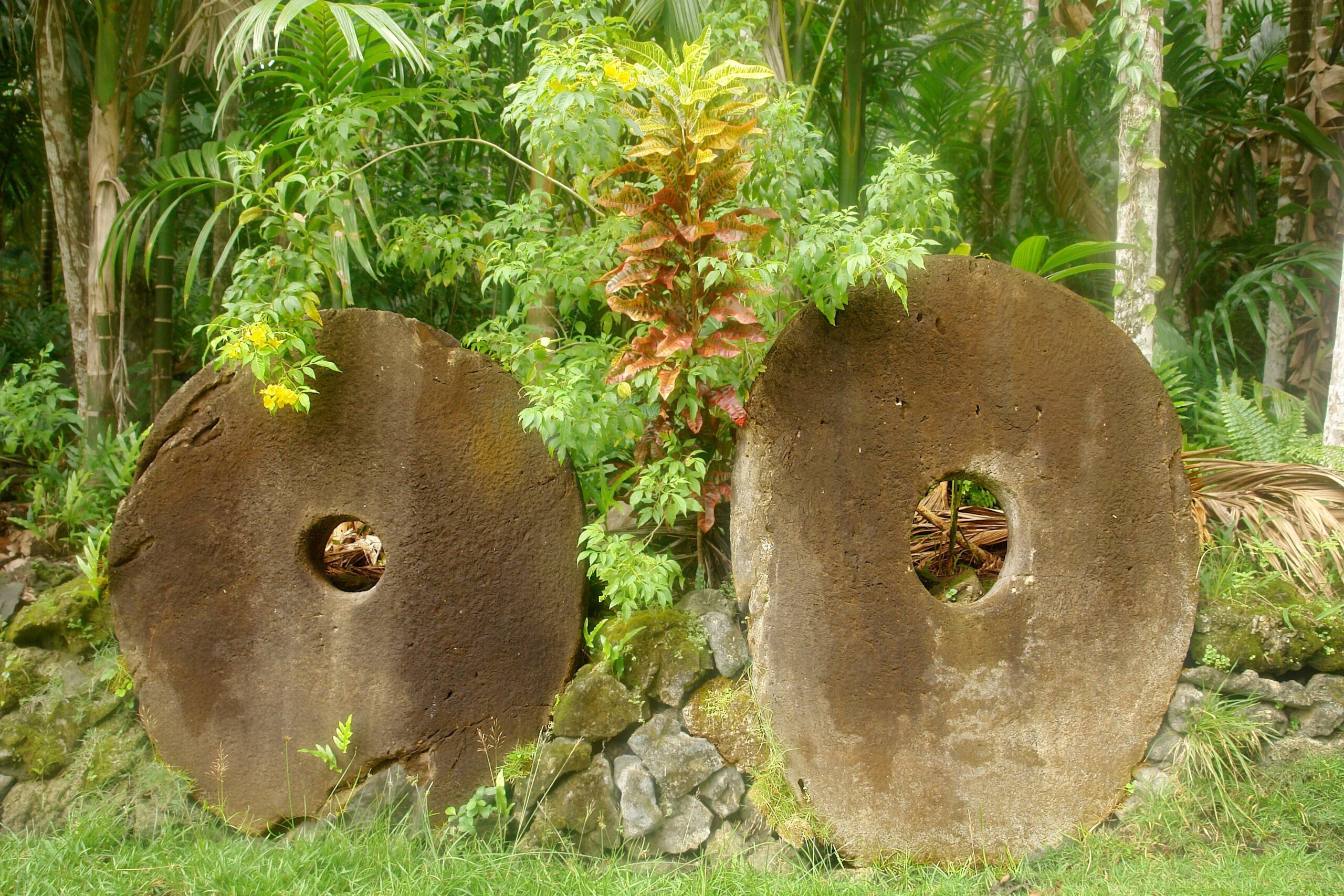
Imagine trying to pay for groceries with a giant stone wheel. On the island of Yap in Micronesia, people used massive limestone discs called Rai stones as currency. These stones could be up to 12 feet in diameter and weigh several tons. Because they were so large, they often stayed in place, and ownership simply changed hands through word of mouth shares BBC.
It wasn’t about the stone itself—it was the story and effort behind it that mattered. If a stone had a dramatic history or came from a faraway place, it was worth even more. The most fascinating part? Everyone just remembered who owned which stone. No wallets, no banks—just a really good memory says ScienceAlert.
2. Cowrie Shells
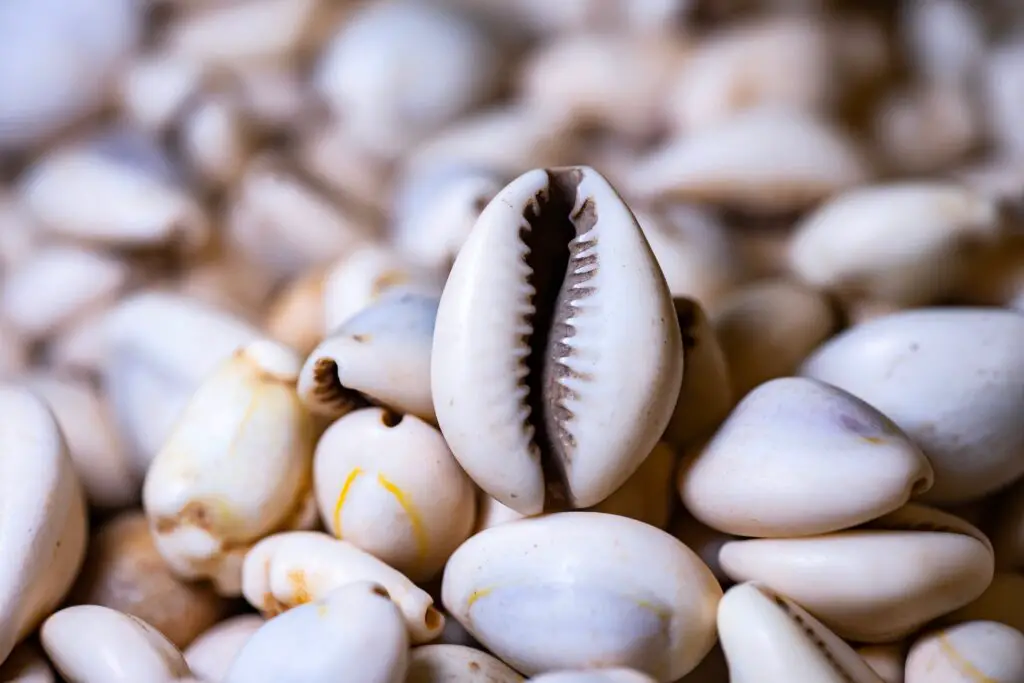
Tiny, shiny, and plentiful in the Indian and Pacific Oceans, cowrie shells were once one of the most widely used forms of money in the world. From Africa to China, these little shells passed hands for centuries. Their durable, attractive appearance made them perfect for trade and even status symbols. Some cultures strung them together like necklaces, making them easy to carry and count says WHRO.
In some regions, entire economies ran on cowrie shells, and wealth was often measured in how many you had. They were especially valuable in places far from the ocean where they weren’t easily found. It’s wild to think that something you might find on a beach vacation could once buy you dinner—or even a house. Shows how much context matters when it comes to value adds BBC.
3. Salt
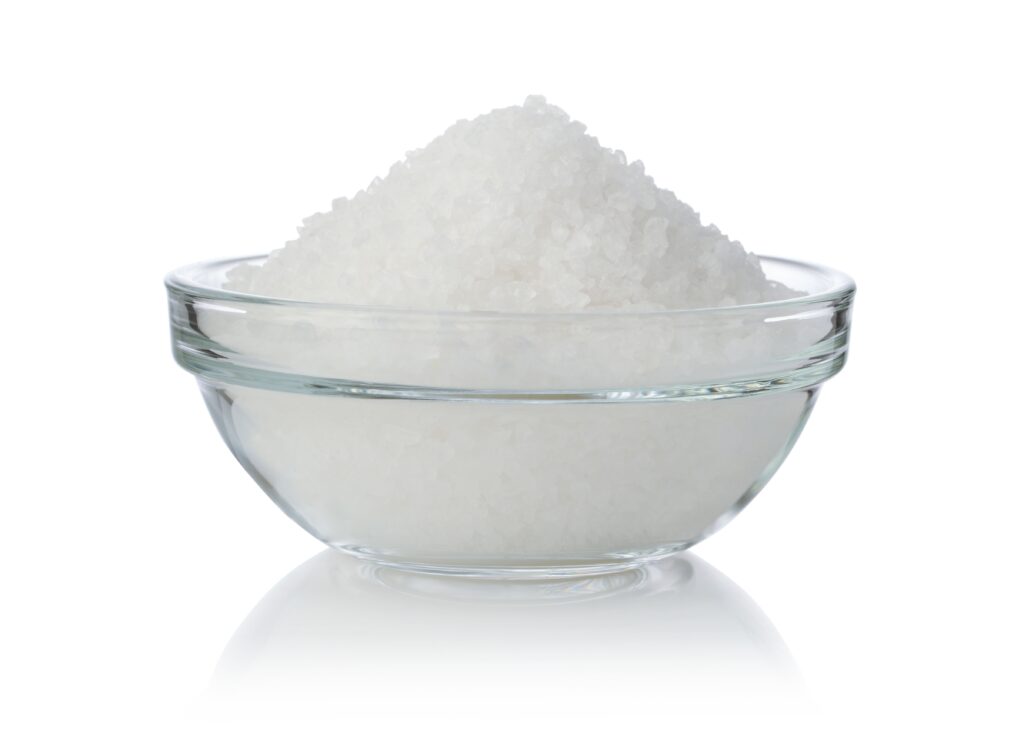
We’ve all heard someone say they’re “worth their salt,” but that saying comes from a time when salt was so valuable it was used as money. The Romans even paid their soldiers with it, which is where the word “salary” comes from. Salt preserved food before refrigeration, so it wasn’t just seasoning—it was survival. In parts of Africa, salt slabs were shaped like bricks and used in trade.
It might sound odd now, but in a world without grocery stores and freezers, salt was precious. Entire trade routes sprang up around it, and wars were even fought over it. When you think about how cheap and common it is today, it’s hard to believe it once held the same weight as gold. Just don’t try paying your rent with a salt shaker now.
4. Tea Bricks
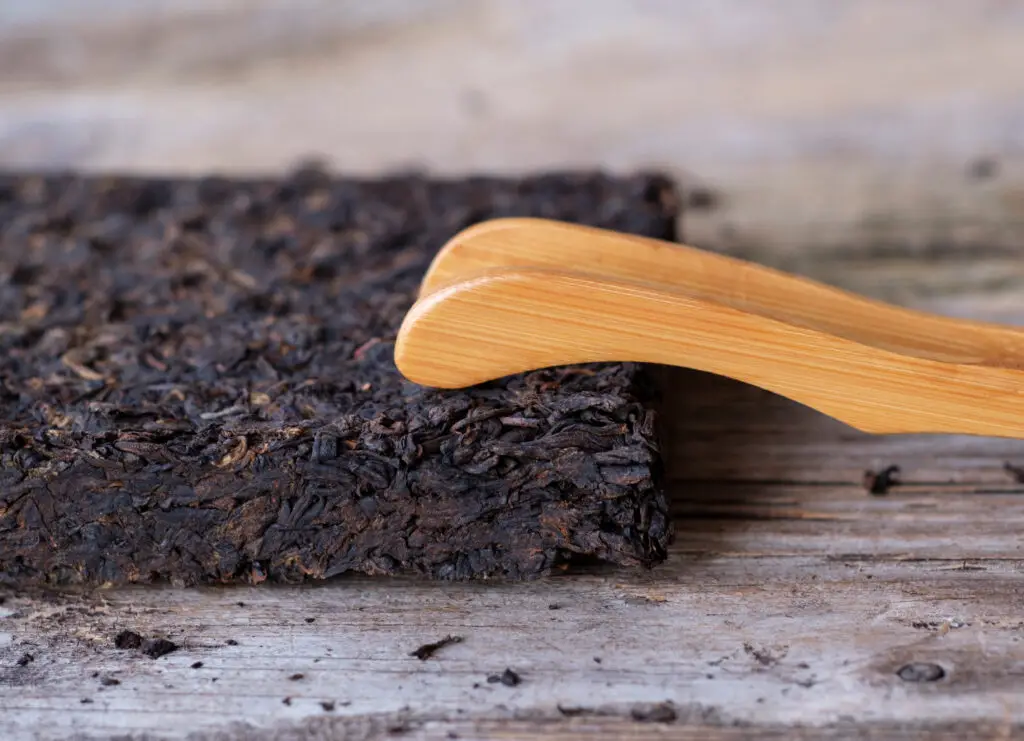
In parts of China, Tibet, and Mongolia, tea wasn’t just for sipping—it was money. Compressed into hard, brick-like forms, tea became easy to transport and store, which made it a perfect form of currency. Traders would shave off pieces for both brewing and spending. The bricks were even stamped with official designs, sort of like our paper bills today.
Tea was considered more reliable than metal coins in some areas, especially where access to mints was limited. It could also be consumed if times got tough, giving it both practical and economic value. Some tea bricks were even made to break along pre-measured lines, just like a chocolate bar. Imagine paying for lunch with a chunk of Earl Grey.
5. Beaver Pelts
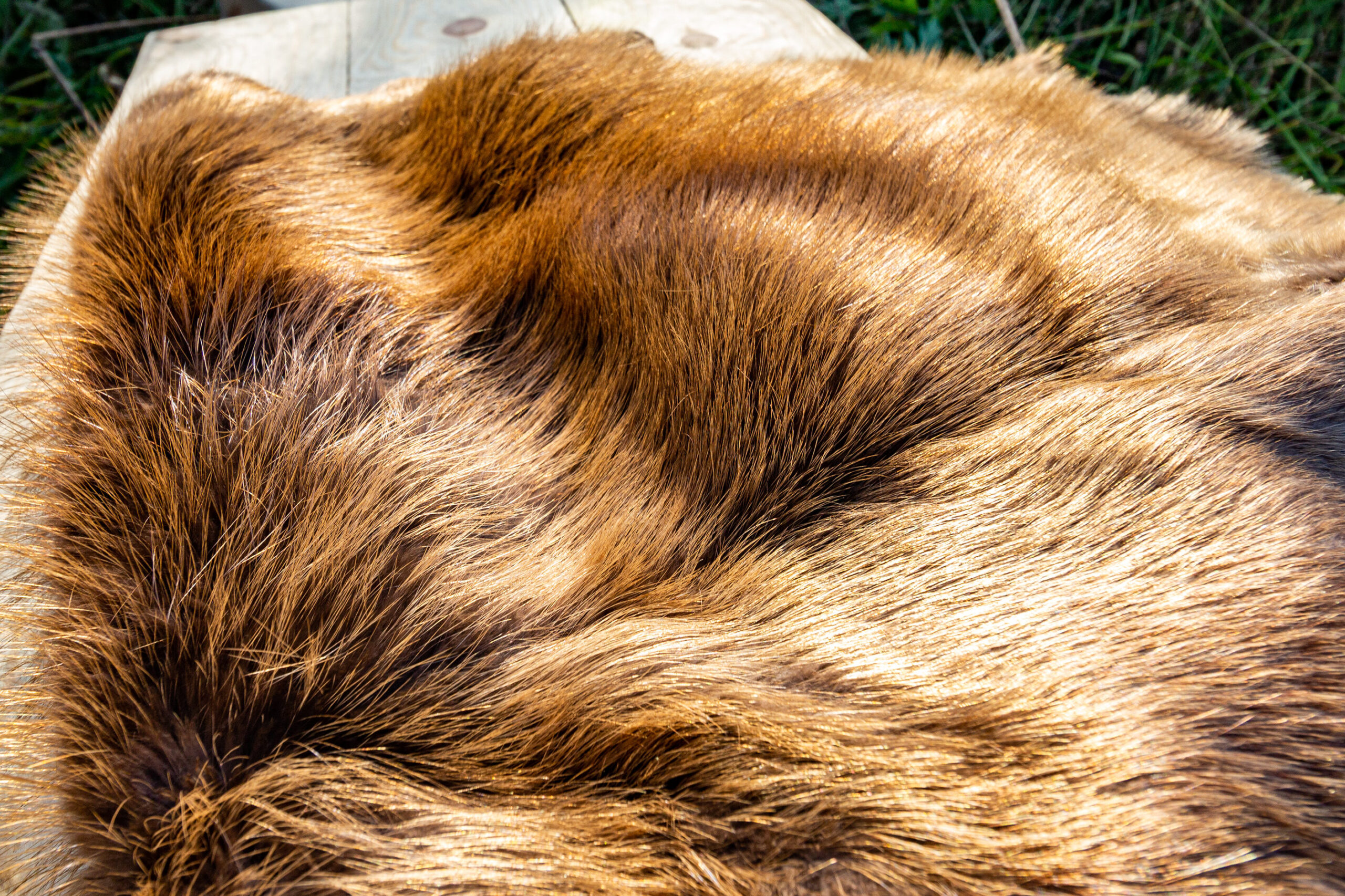
In North America during the fur trade era, beaver pelts were as good as gold. European settlers and Indigenous tribes used them in exchange for tools, food, and other goods. The pelts were especially valued in Europe for making top hats, which were all the rage. A single pelt could fetch quite a bit, depending on quality and size.
Hudson’s Bay Company even created a standard unit of trade called the “Made Beaver,” which represented the ideal pelt. This wasn’t just informal bartering—there were set prices and accounting systems based on fur. It’s strange to picture a pile of animal skins instead of bills, but for a time, that was the norm. And yes, people kept very detailed records of their beaver-based wealth.
6. Cigarettes

During World War II, especially in prisoner-of-war camps, cigarettes became a powerful form of currency. Even non-smokers used them for trading everything from food rations to favors. They were portable, divisible, and widely desired—three things that make any item good currency. It was a whole underground economy, built on tobacco.
This wasn’t just anecdotal either—economists actually studied these makeshift markets. One cigarette might be worth a chocolate bar, while a whole pack could get you a razor or socks. It really boiled down to supply, demand, and necessity. In a world where official money had no meaning, a Marlboro could be priceless.
7. Knives
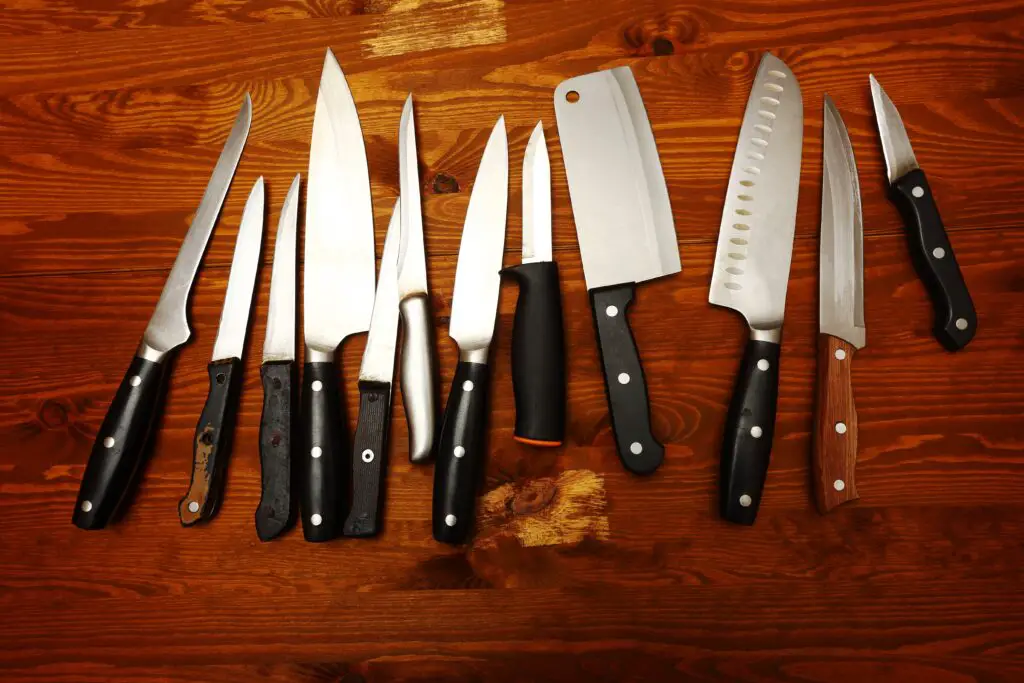
In some regions of Africa, iron knives were used as money, particularly in trade and ceremonies. These weren’t your average kitchen tools—they were often beautifully forged and symbolic. Known as “knife money,” they could be several feet long and came in a variety of shapes, often depending on the local tribe or region. Some even resembled stylized tools or weapons more than anything functional.
The knives were valuable because of the metal, which could be melted down and reused. But many were kept intact because they were seen as prestigious. Brides were even bought with knife currency, making them part of dowries. You might not carry one in your pocket, but they carried serious financial weight.
8. Livestock

For much of history, if you had animals, you had wealth. Cows, sheep, goats, and camels were used as currency in many parts of the world. They provided food, labor, and materials like wool or milk, making them more than just trade items—they were long-term investments. Some cultures still measure wealth by the size of one’s herd.
In fact, the word “pecuniary,” which relates to money, comes from the Latin word pecus, meaning cattle. Dowries, debts, and legal fines were often settled with livestock. It’s a little hard to picture someone walking into a bank with a goat today, but in ancient societies, it made perfect sense. If you had cows, you had clout.
9. Feathers

In the highlands of Papua New Guinea, bird feathers—especially from birds of paradise—were used in ceremonies and trade. These feathers were vibrant, rare, and culturally significant. They weren’t just pretty decorations; they held real economic value. Chiefs and tribespeople alike valued them highly, sometimes using them in place of shell money or coins.
Feathers were often passed down through generations as heirlooms and status symbols. They could be exchanged for pigs, land, or even wives in some traditions. And because they were so delicate and hard to collect, their rarity only increased their worth. Money that flies—literally.
10. Whiskey
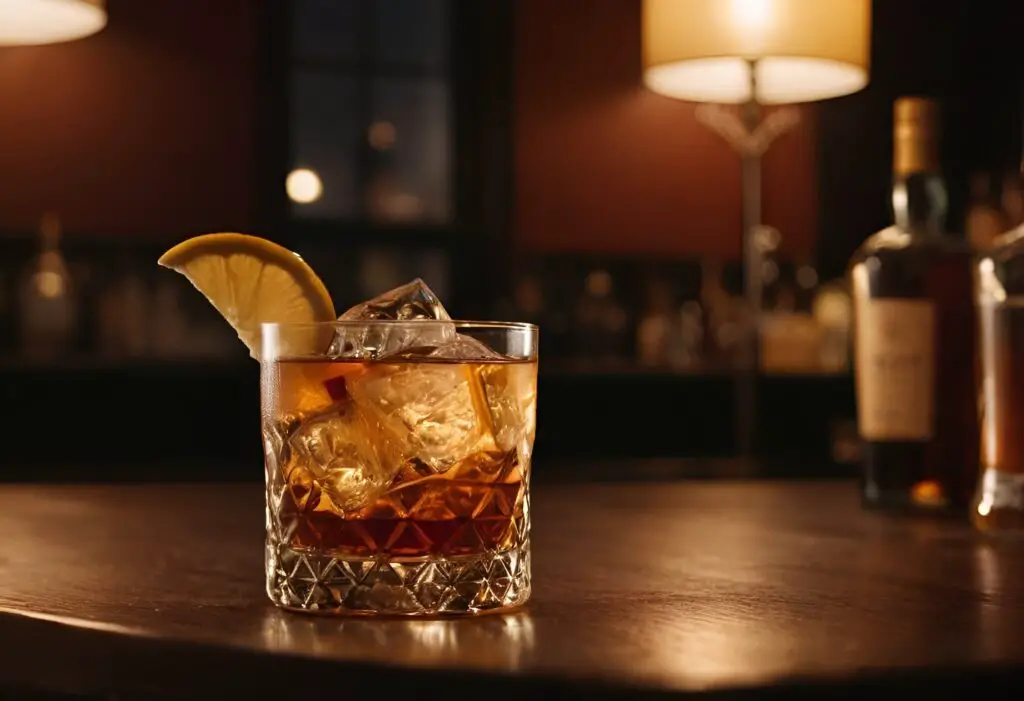
On the American frontier, whiskey wasn’t just for drinking—it was currency. In the 18th and 19th centuries, farmers and settlers often used homemade whiskey to pay for supplies, taxes, and services. It was valuable, portable, and didn’t spoil easily, making it perfect for trade. Plus, people were usually happy to accept it.
In fact, whiskey was so central to commerce that when the government tried to tax it, the infamous Whiskey Rebellion broke out. Some historians even say early America ran more on whiskey than on actual cash. You can imagine how different a store checkout might look if you just handed over a bottle of bourbon. Tempting, but probably not encouraged today.
11. Stone Beads
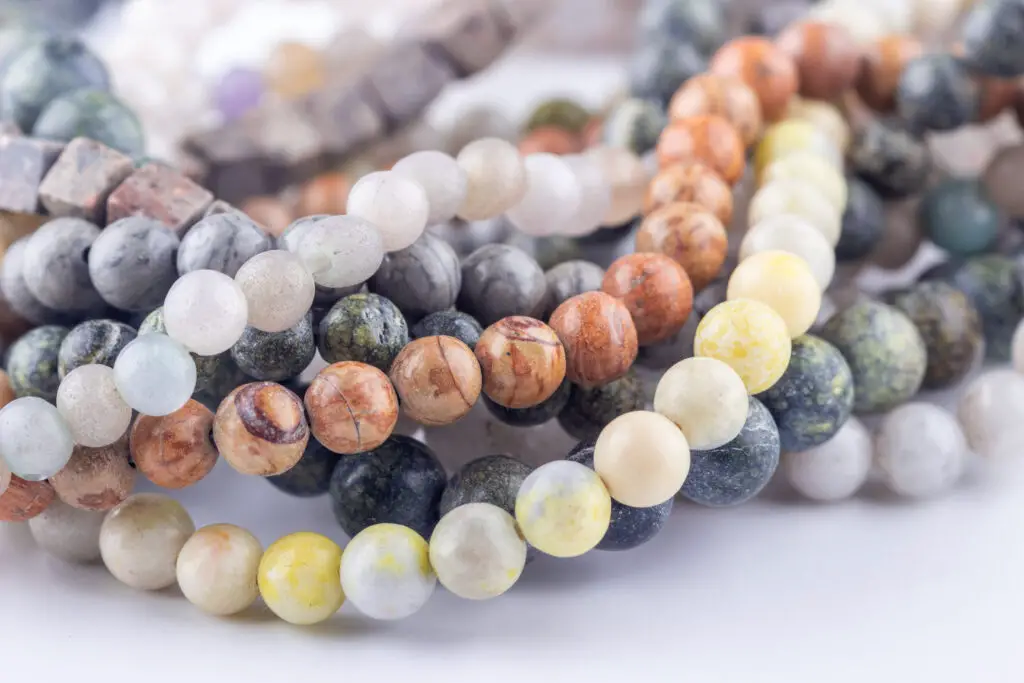
In ancient Mesoamerica, polished greenstone beads—often made from jade—were a prized form of currency. They were hard to carve, beautiful to look at, and considered sacred. The Maya and the Olmec used them in ceremonies as well as trade. Sometimes, they were even buried with the dead to carry wealth into the afterlife.
The effort required to make each bead only added to its value. They weren’t just picked off the ground; they had to be mined, shaped, and polished by hand. That gave them not just monetary value but spiritual meaning too. In many ways, they were closer to art than money.
12. Cocoa Beans
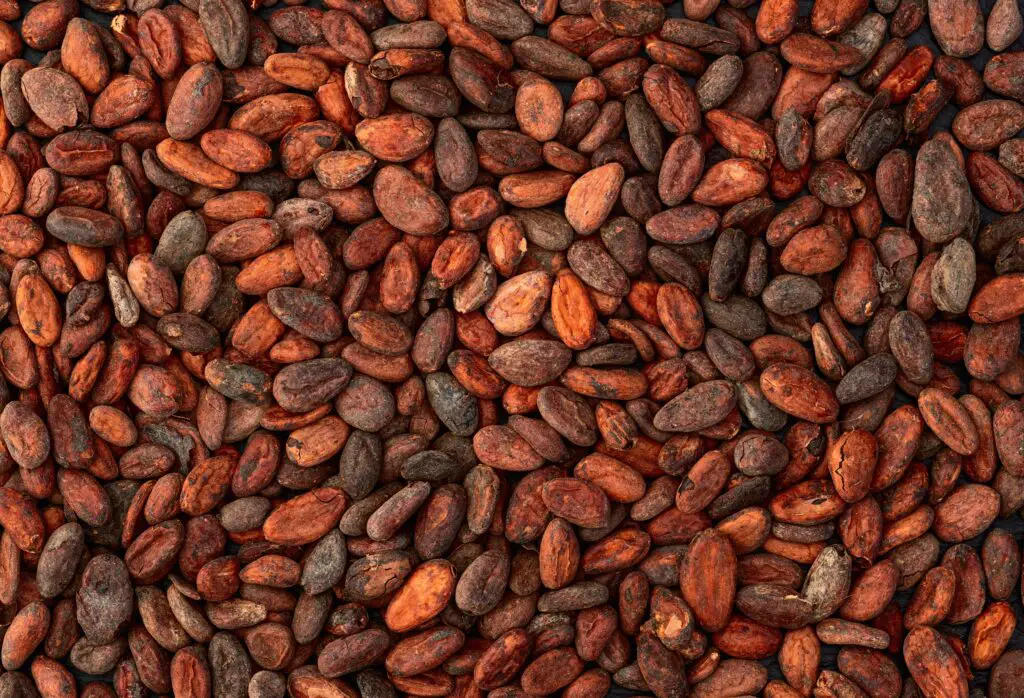
In the Aztec Empire, chocolate was so beloved that its raw form—cocoa beans—became official currency. You could buy a turkey hen for about 100 beans, or a tamale for just a few. It was one of the earliest known cases of edible money. And yes, theft and counterfeiting were issues—some people reportedly hollowed out fake beans and filled them with dirt.
Because cocoa trees were difficult to cultivate and didn’t grow everywhere, the beans were relatively scarce. That made them valuable both as a food item and a medium of exchange. The irony is that most Aztecs didn’t actually drink the fancy chocolate themselves—it was reserved for the elite. So while they used it as cash, it was also a luxury product they rarely got to enjoy.
13. Parmigiano-Reggiano Cheese
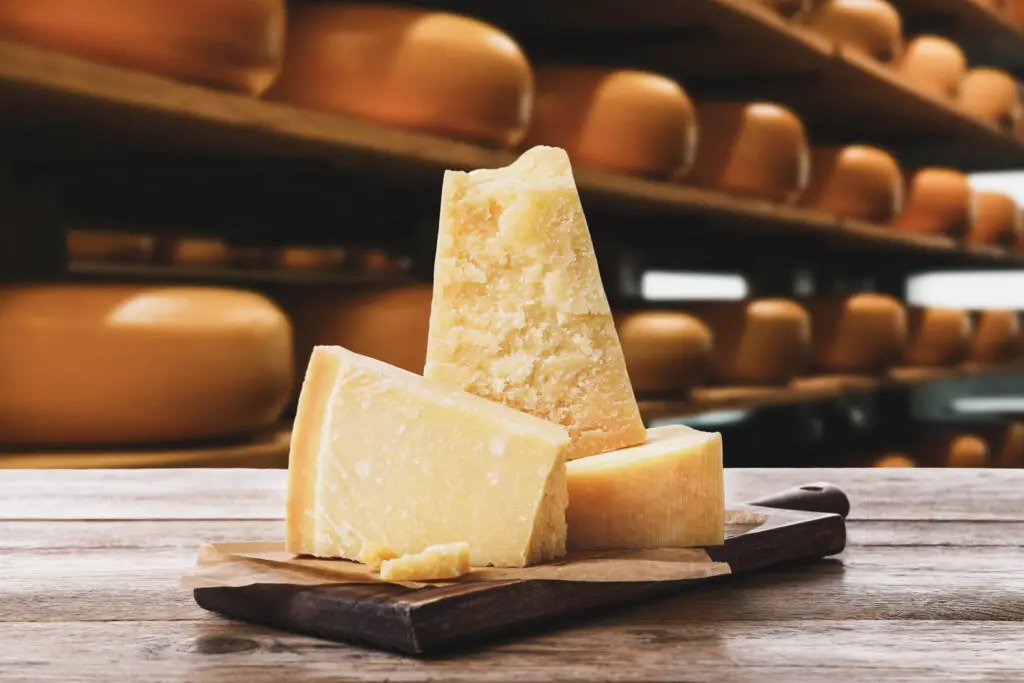
Believe it or not, wheels of Parmigiano-Reggiano cheese have been accepted as collateral for loans in Italy. The cheese has to age for at least 12 months and sometimes up to 36, and it holds its value remarkably well. In fact, there are banks with climate-controlled vaults filled with cheese. Each wheel is worth hundreds of dollars and can be sold if the borrower defaults.
This practice is still in use today and supports small dairy farmers who need financial help while their cheese matures. It’s a niche system, but it works. Imagine showing up at a loan office with a trunk full of cheese and being taken seriously. In Emilia-Romagna, that’s not strange—it’s smart banking.
